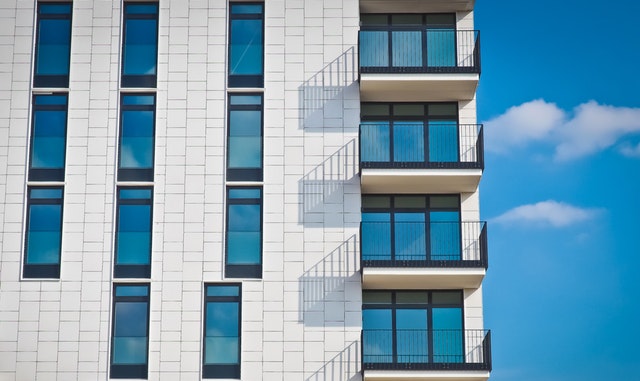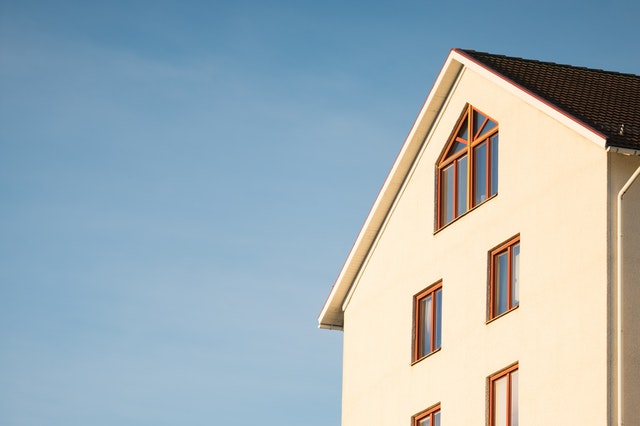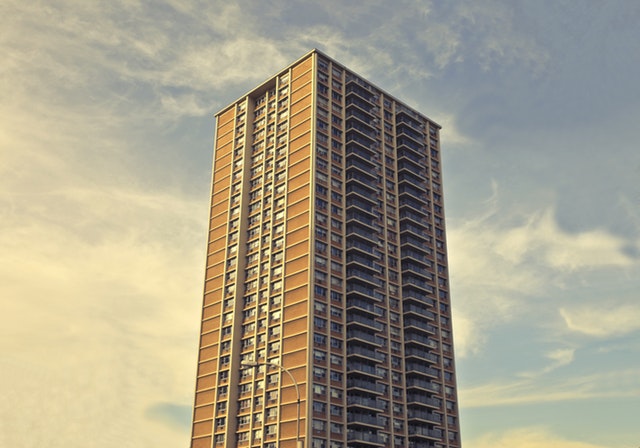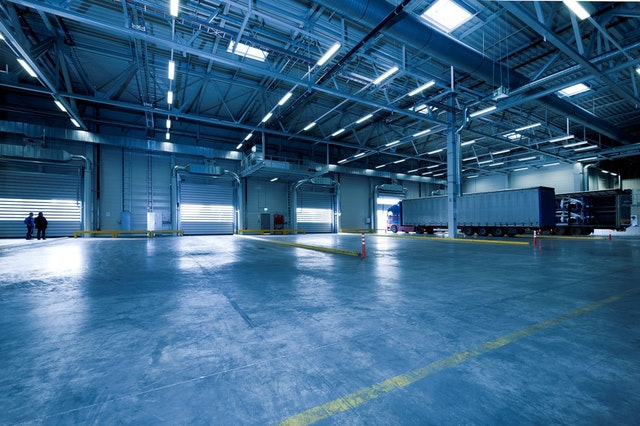Swedbank: In Tallinn and Vilnius, housing for the average household is no longer available
As interest rates continued to rise, housing availability continued to fall in the second quarter of this year. If in Tallinn and Vilnius housing is no longer available for the average household, then in Riga the average household can still afford to buy an apartment with the help of a loan, according to Swedbank’s Baltic Housing Affordability Index data. However, a resident of Riga who is considering the purchase of a house built or renovated after 2000 may be disappointed. For the first time since 2014, an average household cannot afford an apartment in this segment. In the fall of this year, the lowest point of housing availability will be reached. However, there is hope on the horizon – no further increase in interest rates is predicted, and we expect a drop already in late spring of next year. In addition, housing affordability will improve as wage growth continues to outpace housing price growth. Swedbank’s Baltic Housing Affordability Index (MPI) reflects the average household’s ability to afford to buy a 55 square meter apartment with the help of a mortgage loan in one of the capitals of the Baltic states. Taking into account the average interest rate and the price of the house, the monthly payments directed towards debt obligations are calculated, and they are compared to the development of one and a half of the average net salary in the respective city. The decline in housing availability in the capitals of the Baltic states continued, and the main reason for this was still high interest rates. Tallinn’s MPI fell below the 100-point mark for the first time since the end of 2008, while in Vilnius it fell to 89.6. In Riga, housing remains affordable – the value of the index was 145.8 – much higher than the result of neighboring countries. Such a value means that the income of a household whose income corresponds to 1.5 of the average net monthly salary in Riga and who wants to buy a 55 m2 apartment was almost 46% higher than what would be necessary to allocate no more than 30% to servicing the mortgage loan from family income. In general, compared to the situation a year ago, the average monthly mortgage loan payment calculated within the index has increased by approximately EUR 115. Market activity recovered a bit in the second quarter, with the number of transactions growing by 5.6% compared to the last quarter, and remaining unchanged compared to last year. Volumes increased in all examined segments, and the most significant increase was for new and renovated housing outside the center of Riga, which was related to the commissioning of some previously completed new projects. The rates of reservations have not yet increased, and often potential buyers are waiting for the completion of housing construction.
Read the full article here










